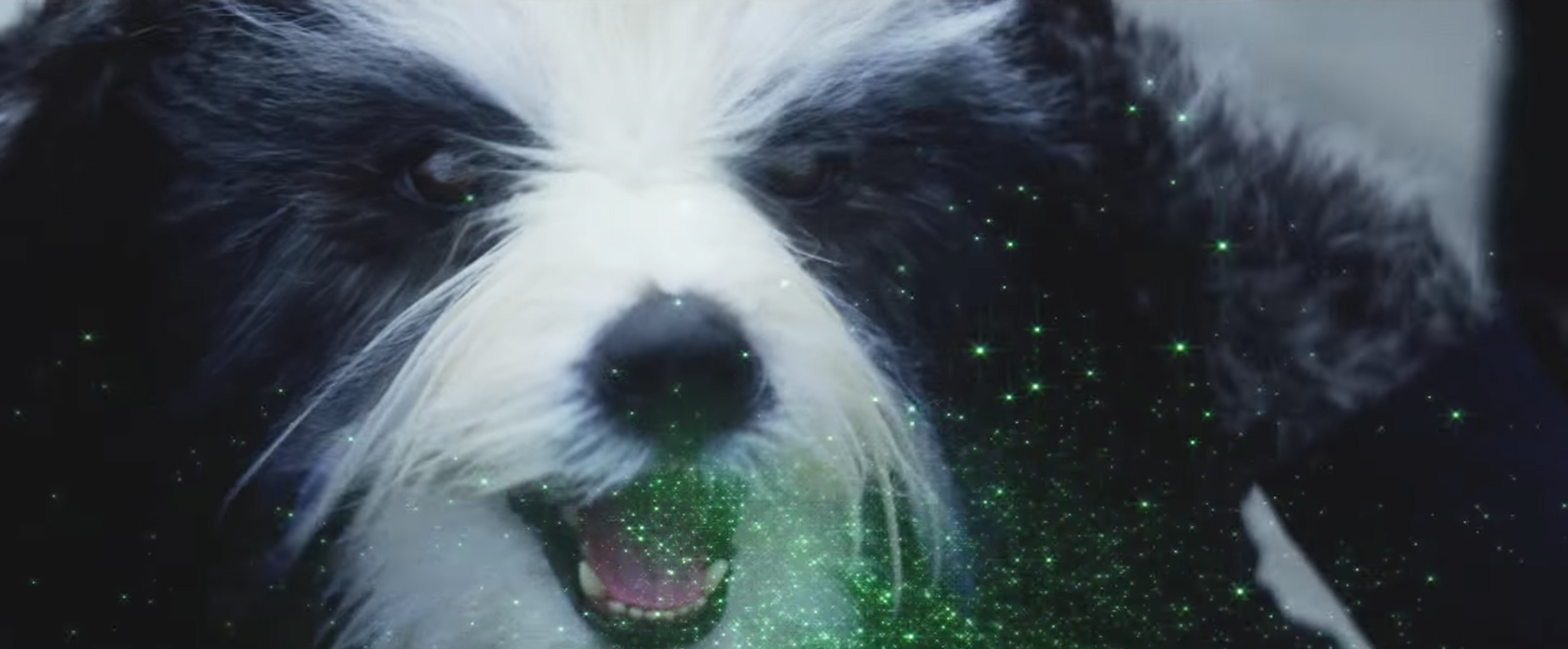The Creative Genome Project
In 2015, creative planner Shun Matsuzaka of McCann Japan decided he wanted to test his personal theory that an artificial intelligence (AI) could serve as the creative director of a television commercial. He now knows whether or not he was right.
To bring his “creative genome project” to fruition, Matsuzaka and his McCann Millennials team broke down the structure of TV commercials into two halves: the creative brief and the ad elements. The creative brief includes the kind of brand, the target audience, the goal of the campaign, and the claim the ad should make. The elements of the ad include such things as celebrity, context, manner, music, tone, and key takeaways.
Next, they created a database based on award-winning ads from the past 10 years. The team broke down each ad into its sections, tagging each piece of the creative brief and every element. These tags would form the knowledge base for their AI, which they named AI-CD β. The team believed that the system could use this data to decide what makes ads successful and, subsequently, give its human team direction on a new ad that would also succeed.
Armed with this database, AI-CD β and a human creative director, Mitsuru Kuramoto, were given the same task: create an ad for Clorets Mint Tab. The client, Mondelez, completed a form that listed elements they wanted included in the ad and told the creative directors that the intended message was “instant-effect fresh breath that lasts for 10 minutes." The AI outputted an idea that its human team used to produce a final clip, while the all-human team headed up by Kuramoto carried on as usual.
Unlimited Automation Potential
Once completed, the two ads were shown to the public and ranked via a nationwide poll, with consumers voting for their preferred ad. Last week, Matsuzaka shared the videos and the results of the poll with attendees at the annual trade conference for UK advertisers put on by ISBA.
Can you tell which of the videos below was created by a robot or which was clearly better?
The first video was directed by the AI creative director and the second by Kuramoto. If you had trouble deciding, though, you're in good company. The latter clip won just 54 percent of the popular vote — a relatively small margin all things considered. Interestingly, though, a group of more than 200 ISBA ad executives preferred the first video. In other words, AI-CD β has awesome creative chops.
That's great news for the AI's creators, but not so great for those understandably concerned about the potential for automation to disrupt the job market. While blue-collar jobs dominate almost every conversation about AI and job loss, an Oxford University study from 2013 claims that 47 percent of jobs in the U.S. will be automated within the next 20 years. Those losses are not limited to unskilled labor jobs or blue-collar trades, either. Creative, knowledge-based, and service careers are also threatened. For example, 80 percent of IT jobs will likely be automated, along with over 100,000 legal jobs.
For all of these reasons, it shouldn't surprise us that a robot can create a TV commercial that effectively sells. In fact, someday soon we'll probably be skipping as many robot-made commercials with our viewing technology as we do human-made ones.
Share This Article
